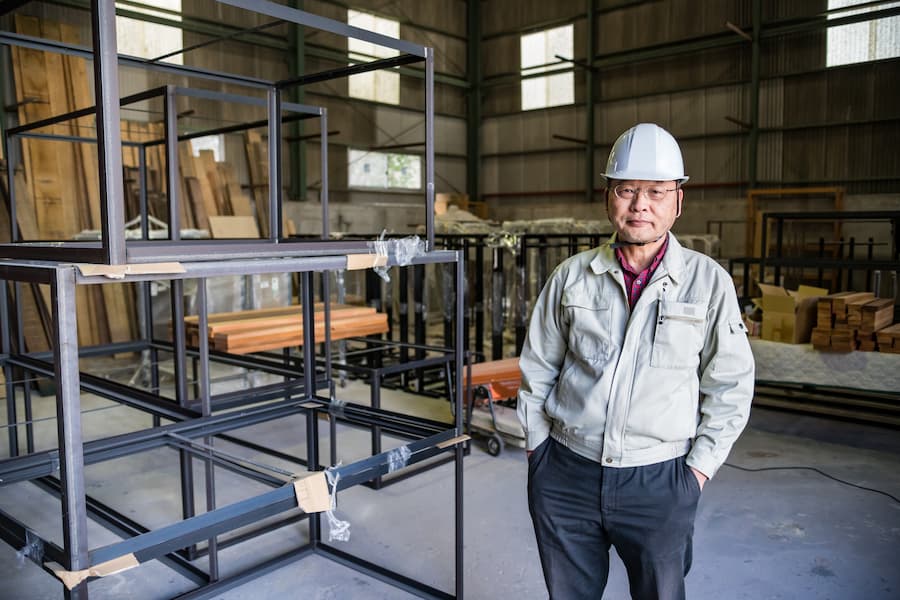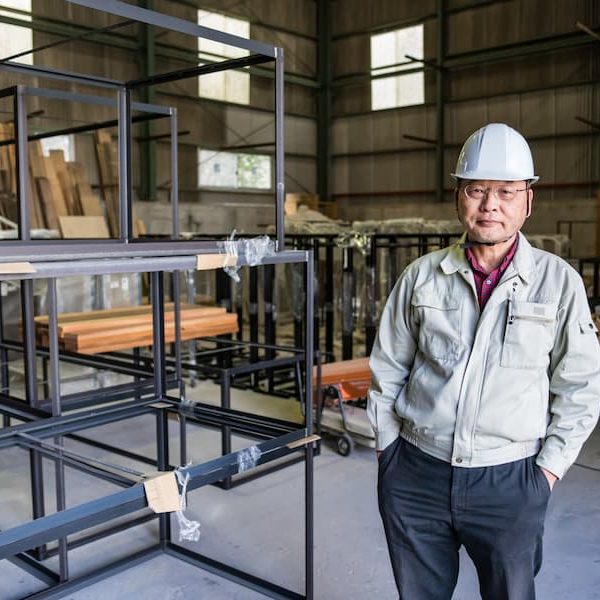When a product fails and causes injuries, death, or damages to other property, a straightforward subrogation claim takes on a whole new dimension. Product liability subrogation claims are some of the most complicated, challenging, and difficult recoveries to make in the field of subrogation. This is because the burden of proving a product defect can be time-consuming and expensive—seemingly disqualifying some smaller subrogation claims from being cost-effectively pursued. Often, you are dealing with a manufacturer that has an entire department dedicated to defending these types of claims. They have adjusters, engineers, and seasoned experts at their beckon call who are familiar with the exact failure that took place and know all of the arguments to make your claim appear inadequate and flawed. Their job is to make you feel as though you do not have a chance. They have been down this road many times and know exactly which defenses and excuses they will throw in your path. The success or failure of your subrogation efforts depend on the amount of time and energy you are willing to commit. This is where MWL’s extensive experience and expertise in handling product liability subrogation comes into play.
The advantage of product liability subrogation cases, large and small, is that you get to bat first. You get the first crack at compiling investigation evidence long before the manufacturer even knows one of its products has caused damage. You can portray your claim in the best possible light, early in the proceedings. In order to do so, you must take note of key pieces of information that can be gathered in the early hours of a property loss. Prompt and extremely thorough investigation are necessary for success. There are no shortcuts in product liability subrogation cases.
Whether a claim is large or small – the burden is the same. The subrogated carrier must prove the following:
-
- that the product was defective (manufacturing, design, or marketing defect);
- that this product was in the same condition as when it was manufactured and introduced into the stream of commerce;
- that the product was rendered unreasonably dangerous as a result of the defect;
- that this defect proximately caused the damages for which you are subrogating; and
- the nature and extent of those damages.
If you cannot prove just one of the above elements, the case will fail. Liability carriers and product manufacturers are quick to latch on to weaknesses in subrogation files and often deny claims simply because the demand letter does not address these elements satisfactorily. A subrogation claim is only as strong as its weakest link and that weakest link is almost always discovered or created early in the claim, when memories are fresh, and evidence is available. The first few days after a loss are critical – the first and often only chance anyone may have to identify, retain, document, investigate, and record valuable information on which a future subrogation lawsuit will depend. Things which may seem to have little, or no meaning or importance may turn out to be the lynchpin of an entire subrogation action.
Matthiesen, Wickert & Lehrer has for years drafted the product liability exam question for the National Board of Trial Advocacy (NBTA) question for the national exam taken by experienced trial lawyers around the country who wish to become board certified. MWL is also responsible for grading the examination question answers. The NBTA does not take nominations or applications for this exam writing privilege but selects certain lawyers from across the country for the privilege of drafting the questions and grading the exam, based on their reputation, experience and years of practice. Gary Wickert has been Board Certified as a National Civil Trial Advocate by the NBTA for the past 30 years. It is another reason to entrust your civil subrogation and product liability matters to Matthiesen, Wickert & Lehrer, S.C.

MWL Chart:
Product Liability Laws In All 50 States
MWL Articles:
Successful Product Liability Subrogation Is No Accident
Subrogating Gree Dehumidifier Fires
Subrogating Automated Driving Systems And Autonomous Vehicle Failures
Subrogating E-Cigarette Explosions
Amazon.com And The Liability Shield
This Christmas’ “Hot” New Gift: Exploding Hoverboards
Attorney Schuster Achieves Defense Verdict in Federal Court Table Saw Case
Dangers Of Buying Lithium-Ion Batteries Highlighted By HP Recall
MWL Recorded Webinars:
Product Liability From A Litigating Engineer’s Perspective
Failure Of Plastic Plumbing Products
Subrogating Claims Involving Asian Manufacturers
Brass Plumbing Fittings: How and Why They Fail and How You Can Recover in Subrogation

